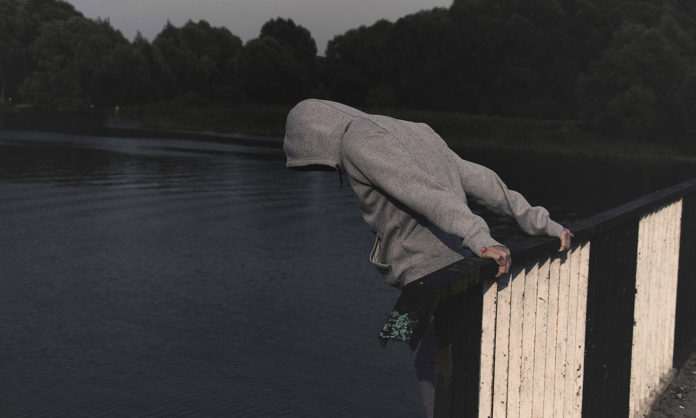
Though many would have us believe that there’s no such thing as social contagion – behavior, emotions, or conditions spreading spontaneously through a group or network – among young people, there’s longstanding evidence that the choices and actions of peers are a great influence on human behavior. Lit Hub shares an excerpt from Digital Madness: How Social Media Is Driving Our Mental Health Crisis—and How to Restore Our Sanity by Dr. Nicholas Kardaras, in which Kardaras examines one of the strongest and worst types of social influence imaginable – the suicide cluster.
The first documented suicide cluster dates back to the late 18th century and is often called the Werther Effect, after a character in Goethe’s novel The Sorrows of Young Werther. In the novel, the main character shoots himself after losing his love to another man. The novel was popular, so popular that young men across Europe started dressing in the manner of the character and would then take their own lives. The book was banned in Italy and Denmark.
Kardaras shares a more recent possible example from Wales. Between January 2007 and December 2008, 26 young people – mostly teenagers – hanged themselves in the Welsh community of Bridgend. No one knows what prompted this spate of suicides. Some blamed the internet or a cult. Some blamed the publicity for inspiring copycats. In some cases, friends who wrote eulogies on social media soon after took their own lives.
Psychology suggests that when one person takes an extreme action, it lowers the threshold for cultural acceptance. The first person in a group who skinny dips or eats Tide Pods or dies by suicide is considered extreme, but their very action makes the behavior more acceptable to the next person and the next, until the conduct becomes normal practice.
In Goethe’s era, young men were influenced by a fictitious character. Kadaras suggests we imagine the modern power of social media and real-life suicide influencers.
So let’s. How do group dynamics and group-think influence the cast of characters in your current work? What other kinds of extreme behavior could monkey-see monkey-do children adopt simply because they saw it on the internet? What happens next?











